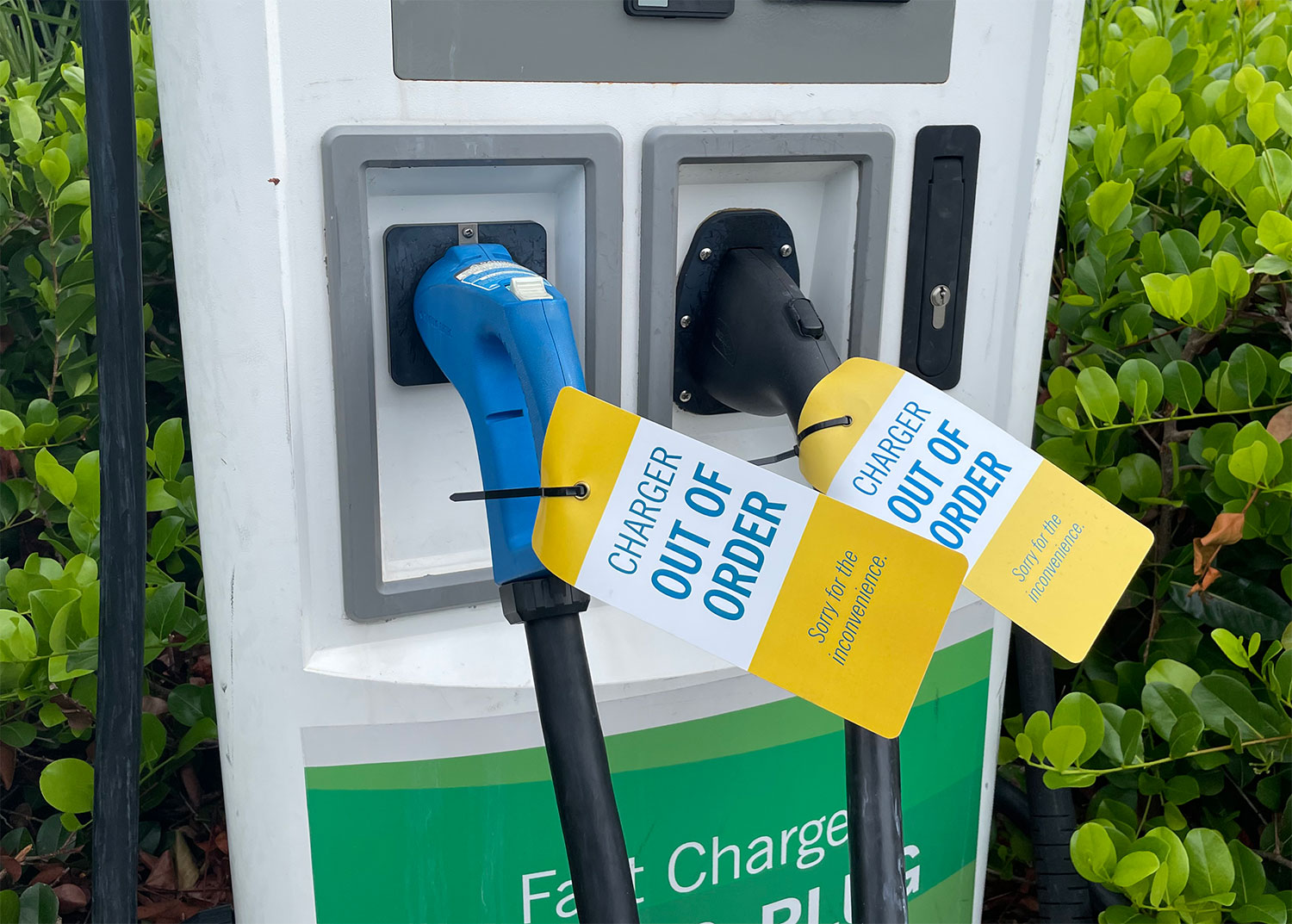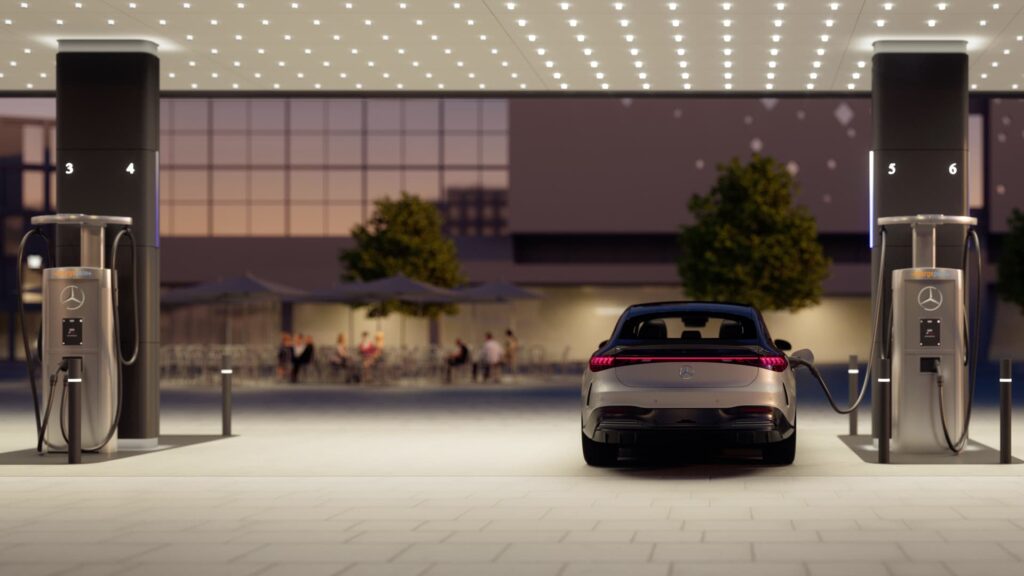What’s Driving the Growth of EV Infrastructure? Buy EV Charging news for Key Updates
What’s Driving the Growth of EV Infrastructure? Buy EV Charging news for Key Updates
Blog Article
Top EV Charging News: Secret Updates on Framework and Development

Current Developments in Fast-Charging Innovation

Furthermore, innovations in battery technology, consisting of improved thermal monitoring systems and higher energy thickness batteries, enhance fast-charging abilities. These growths mitigate the danger of battery destruction during rapid charging, making certain longevity and performance for EV owners.
In addition, the assimilation of smart charging options is enhancing individual experience, allowing real-time surveillance and vibrant pricing designs. EV Charging news. This versatility permits vehicle drivers to optimize charging expenses and times based upon grid need
As car manufacturers remain to purchase fast-charging networks, the collaboration between industry stakeholders is important. Collaborations in between charging station carriers and automotive producers are paving the method for substantial coverage, eventually cultivating a much more durable EV ecosystem. These innovations are crucial in supporting the change to lasting transport.
Federal Government Efforts for Charging Growth
Government efforts play an important function in the growth of electric vehicle (EV) billing framework, assisting in the shift to sustainable transportation. Numerous government and state programs are being carried out to enhance billing ease of access, reduce the financial worry on customers, and promote the fostering of electrical cars.
Significantly, the U.S. federal government has designated substantial financing through the Infrastructure Investment and Jobs Act, which sets aside $7.5 billion for EV charging network development throughout the nation. This financing is aimed at releasing countless new billing stations, specifically in underserved areas, thereby resolving variety anxiety amongst potential EV customers.
Furthermore, numerous states are passing legislation to simplify the permitting procedure for charging terminal installations, which is critical for speeding up release. Incentives such as tax obligation credit reports and rebates for both customers and companies are additionally being introduced to urge the installation of charging framework.
Additionally, public-private collaborations are progressively becoming a focus, leveraging exclusive investment to match federal government funding. These initiatives underscore a collective method crucial for developing a efficient and thorough EV billing network, ultimately contributing to a greener and even more lasting future.
Innovative Battery Solutions Enhancing Efficiency
Transforming the landscape of electrical lorry (EV) technology, innovative battery services are substantially boosting efficiency and efficiency. Advancements in battery chemistry, especially with lithium-sulfur and solid-state batteries, are leading to boosted power thickness, which permits longer ranges and faster charging times. These new battery types have the prospective to outshine typical lithium-ion batteries by supplying greater abilities while reducing weight, thereby improving overall vehicle efficiency.
Moreover, developments in battery administration systems (BMS) are maximizing power usage and extending battery lifespan. Intelligent formulas check battery wellness and performance, allowing real-time adjustments to charging and releasing procedures. This not only improves the effectiveness of the battery however additionally makes certain a much more sustainable and trusted power resource for EVs.
Additionally, the integration of reusing innovations is dealing with the environmental influence of battery production and disposal. Technologies in second-life applications for EV batteries are promoting their use in power storage systems, contributing to a find out here now round economic climate.
As these ingenious battery services remain to progress, they promise to change the EV market, making electric vehicles a lot more easily accessible and enticing to a wider audience while sustaining worldwide sustainability objectives.

Partnership Between Automakers and Billing Networks
Identifying the essential need for a durable billing framework, car manufacturers are significantly collaborating with charging network companies to improve the EV possession experience (EV Charging news). These collaborations aim to create a seamless charging community that benefits customers and sustains the change to electric vehicles
Significant automotive brand names are signing up with pressures with well-known charging networks to expand their charging station coverage, guaranteeing motorists have access to hassle-free and dependable billing alternatives. As an example, partnerships with networks like ChargePoint and Electrify America enable automakers to incorporate billing services straight into their automobiles' navigation systems, directing customers to the nearby stations and providing real-time availability updates.
Additionally, these cooperations typically lead to the advancement of fast-charging modern technologies that considerably lower the moment required to recharge an EV. By merging resources and know-how, automakers and charging networks can innovate much faster, developing remedies that meet the growing need for electrical wheelchair.
Additionally, joint initiatives might also look at more info lead to even more standardized charging procedures, which can alleviate consumer confusion and promote broader EV adoption. Overall, these tactical alliances are critical in developing a easy to use and reliable billing framework that meets the requirements of an increasing electric automobile market.
Difficulties Facing EV Billing Framework
As the electric lorry market continues to expand, several obstacles are emerging that impede the development of an extensive charging infrastructure. Among the key obstacles is the insufficient number of billing stations, specifically in underserved and rural urban locations. This void creates array anxiety among possible EV purchasers, discouraging them from making the button.
In addition, the absence of standardization in charging technology makes complex the infrastructure landscape. Variants in plug types and billing speeds can produce confusion for individuals and enhance operational intricacies for billing network operators. The combination of charging stations right into existing electrical grids positions significant difficulties. Lots of regions face capability restrictions, requiring significant investments in grid upgrades to suit boosted need.
One more pushing problem is the high cost connected with the installment and maintenance of charging terminals, which can be a barrier for both public entities and exclusive organizations. Finally, regulatory obstacles and zoning limitations can postpone the deployment of charging infrastructure, restraining development in broadening necessary services. Resolving these obstacles will certainly be vital for promoting a robust EV ecological community that sustains the change to sustainable transport.
Final Thought
To conclude, the recurring developments in EV charging technology, sustained by substantial federal government efforts and cutting-edge battery services, are important for the growth and efficiency of electrical lorry framework. Partnerships in between car manufacturers and billing suppliers even more improve terminal insurance coverage, dealing with the expanding need for easily accessible charging choices. In spite of obstacles that linger within the EV billing landscape, these developments represent a favorable trajectory towards an extra efficient and sustainable electrical car environment.
Developments in billing facilities have led to the development of ultra-fast chargers capable of supplying up to 350 kW of power, dramatically minimizing charging times. Variants in plug types and charging rates can develop confusion for customers and boost functional intricacies for charging network operators.In verdict, the continuous innovations in EV billing technology, supported by considerable government campaigns and innovative battery services, are essential for the my link growth and efficiency of electrical vehicle infrastructure. Partnerships between car manufacturers and charging suppliers better boost terminal protection, dealing with the expanding need for easily accessible billing options. Regardless of difficulties that persist within the EV billing landscape, these growths indicate a favorable trajectory in the direction of a more sustainable and reliable electric lorry ecosystem.
Report this page